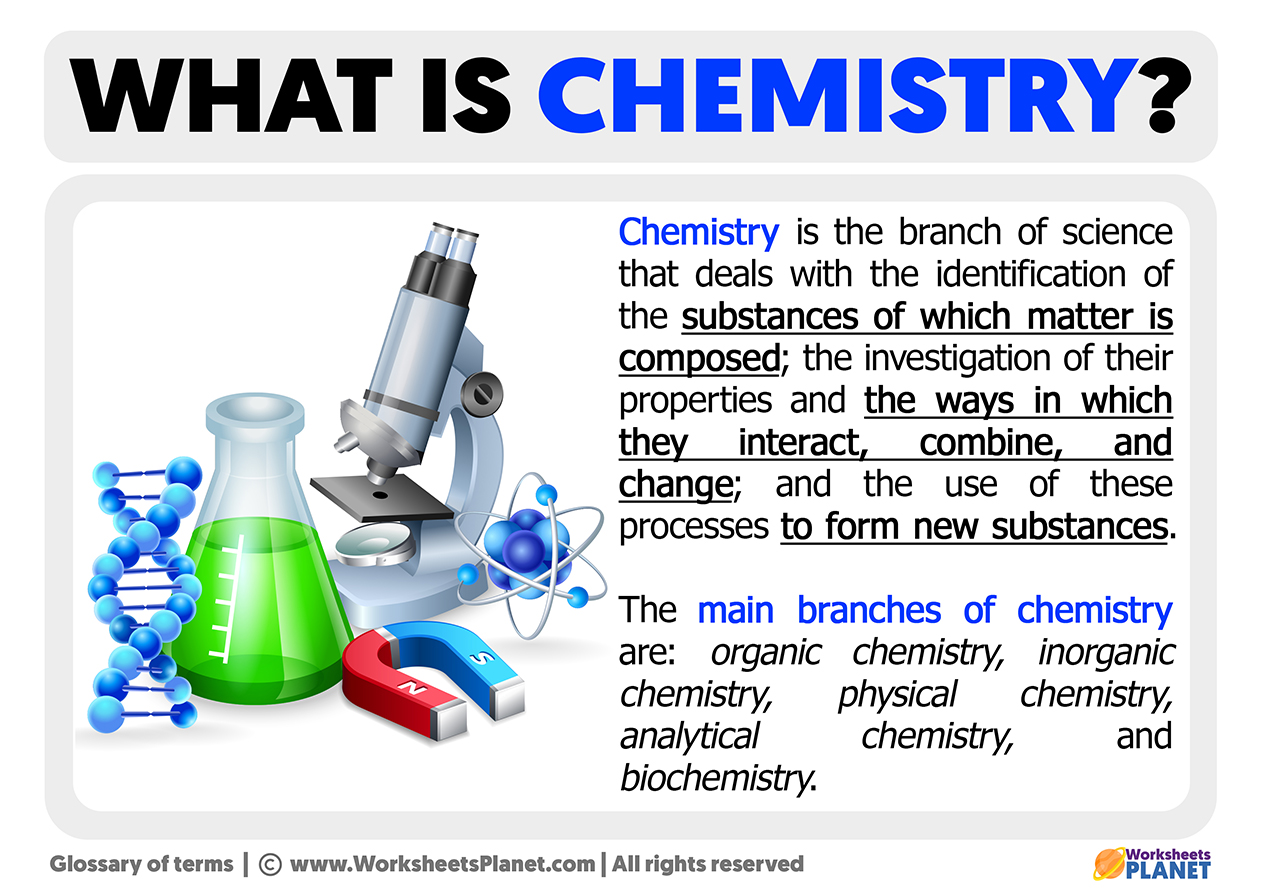The relationship between physics and chemistry has long intrigued scholars and practitioners of the sciences. As two fundamental branches of natural science, physics serves as the bedrock upon which much of chemistry is constructed. This exploration investigates whether chemistry is merely an application of physics, examining the intricate interplay between the two disciplines, their foundational principles, and the implications of such a perspective.
At the outset, it is imperative to delineate the domains of physics and chemistry. Physics, eminent for its examination of the fundamental forces and properties of matter, seeks to understand the universe’s most fundamental laws. Conversely, chemistry concentrates on the interactions between atoms and molecules, elucidating the transformations that give rise to various substances throughout the cosmos. When one observes the inherent laws governing physical phenomena — such as thermodynamics, kinetic motion, and electromagnetic forces — these principles are remarkably relevant to the foundational tenets of chemistry.
The concept of chemistry as an applied extension of physics is particularly illustrated through atomic theory, which encompasses both fields of study. Early pioneers, such as John Dalton, developedatomic models that were predicated upon physical interpretations of matter’s particulate nature. Dalton’s atomic theory provided a revolutionary framework when it posited that all matter is composed of indivisible atoms. This notion aligns seamlessly with physical principles governing matter and energy, thereby suggesting that the inception of chemistry springs from a physics perspective.
The fractal nature of scientific inquiry reveals that as one delves deeper into the subatomic realm, the distinctions between physics and chemistry begin to blur. Quantum mechanics, a branch of physics dedicated to understanding atomic and subatomic particles, lays the groundwork for understanding chemical bonding and interactions. Through phenomena such as wave-particle duality and uncertainty principles, quantum mechanics provides chemists with essential frameworks that propel their investigations into molecular behavior.
Nevertheless, to assert that chemistry is merely applied physics would be an oversimplification. Chemistry embodies a unique character that transcends the mere quantitative calculations often associated with physics. The intricate study of chemical bonds, for instance, involves understanding electronic interactions that cannot solely be described through classical physics. The emergence of field theories, molecular orbital theory, and the concept of hybridization showcase the need for a broader conceptual framework beyond what foundational physics alone can provide.
Moreover, the kinetic theory of gases offers a prime example illustrating these divergences in emphasis. While physics elucidates the laws governing the motion of particles, chemistry employs this understanding to explain the behavior of gases, chemical equilibria, and reaction rates. Chemists manipulate and harness these physical principles to synthesize new compounds, offering a laboratory-based framework in stark contrast to the more observational or theoretical inclinations of pure physics. The distinction highlights the pragmatic and empirical approaches that characterize chemistry.
Furthermore, the application of thermodynamics in chemical reactions exemplifies another divergence between the two sciences. While the laws of thermodynamics reign supreme in the realm of physics, chemists apply these principles within a context dictated by reaction mechanisms and equilibria. Here, thermodynamic laws facilitate predictions about reaction spontaneity and product formation, showcasing a cooperative relationship, yet underscoring distinct methodologies and objectives. The common ground lies in their mutual dependency on rigorous mathematical frameworks, yet the emphasis within each discipline diverges.
A profound exploration into the realm of chemistry reveals additional layers: the qualitative aspect of the discipline cannot be overlooked. The esthetic allure of chemistry — the vivid colors of a reaction, the tantalizing aromas of synthesized compounds, and the elegance of crystalline structures — weaves a narrative that is conspicuously absent in the often abstract representation employed in physics. The empirical observations rooted in chemistry inspire a sense of wonder and bolstered curiosity, reflecting the discipline’s artistic elements and prompting new hypotheses and inquiries that resonate on a fundamentally human level.
As one ponders whether chemistry is merely applied physics, a paradigm shift in perspective emerges. Seeking a broad cognitive synthesis, it becomes clear that, rather than viewing chemistry subordinate to physics, appreciating their coalescence illuminates the vast and intricate tapestry of scientific understanding. Each discipline informs and enhances the other, fostering an environment ripe for interdisciplinary collaborations and innovative discoveries.
In conclusion, while chemistry owes much of its foundational principles to physics, the nuances, methodologies, and unique inquiries intrinsic to chemistry render it a distinct entity in the scientific realm. The interplay between the two disciplines fosters an environment ripe for inquiry and further exploration. By embracing the rich complexities of both fields, one cultivates a comprehensive appreciation of the natural world, unveiling deeper insights into the very fabric of existence. As such, the relationship between physics and chemistry should not be constrained to an oversimplification of one as being merely an application of the other, but rather celebrated as a partnership where both flourish and evolve in their quest for knowledge.












